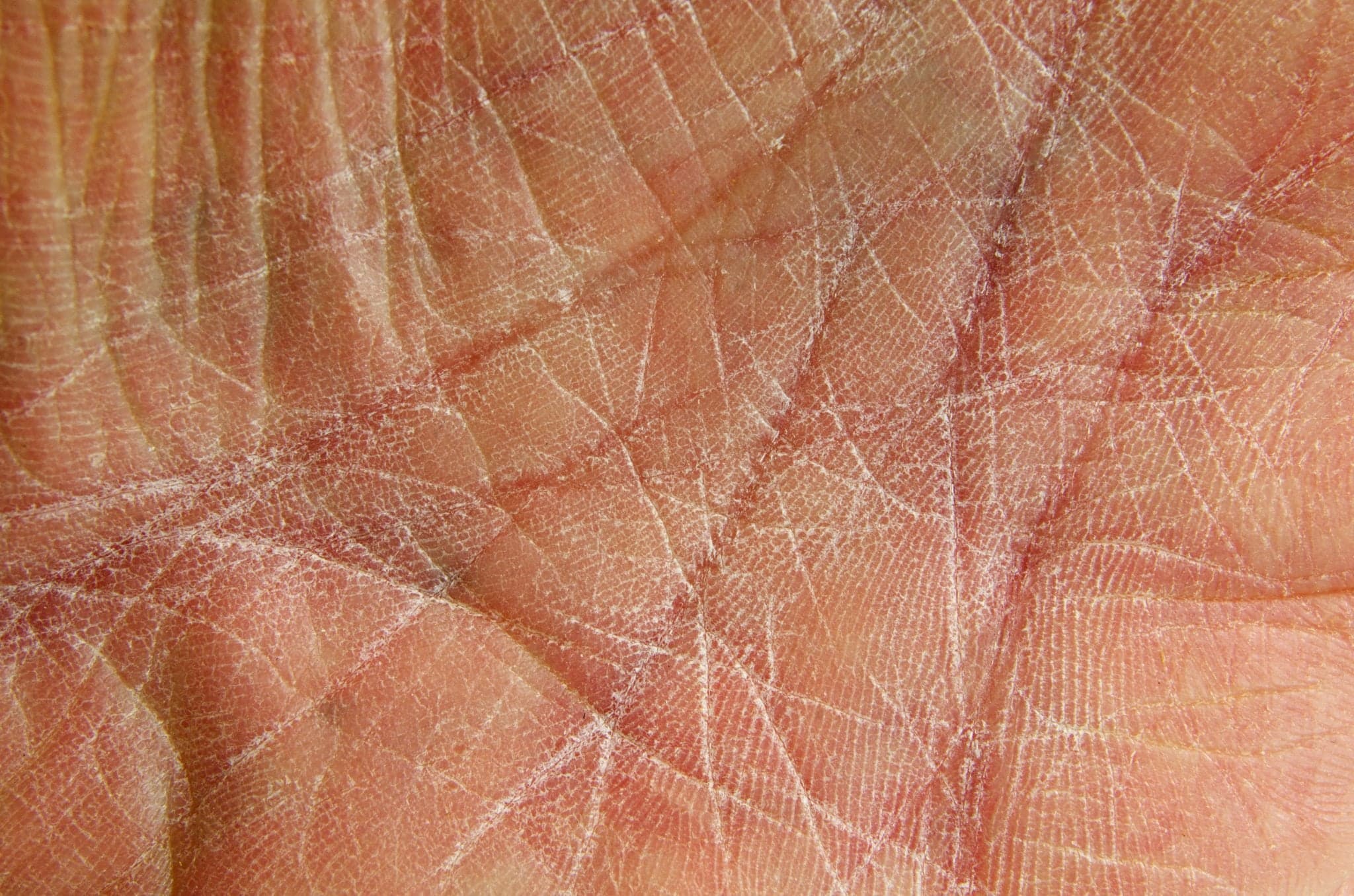
2018-10-03T09:37:12
What are the Risks of Uncontrolled Medical Conditions During Plastic Surgery?
- Plastic and Reconstructive Surgery
- Value-Based Care
July 25, 2017 | Plastic and Reconstructive Surgery

There are several treatments out there for fat removal, and they may be confusing for people who are unfamiliar with them. Two such treatments that are similar in some ways, but different in several others, are tummy tucks and liposuction.
What are these treatments, why are they done and how do they differ? Let’s take a look.
A tummy tuck, also known as an abdominoplasty, is designed to improve the appearance of the abdomen by removing excess skin. Benefits of the tummy tuck include:
Tummy tucks are often used by women who have had a C-section, and they can be combined with other body contouring cosmetic procedures. However, if you are planning to lose a large amount of weight, considering future pregnancy, or have a body mass index (BMI) over 30 or a severe chronic condition, your doctor might advise against a tummy tuck.
Liposuction can treat a larger variety of areas, including:
Liposuction helps slim and reshape these areas by removing excess fat deposits and improving body contours and proportions. It’s excellent for treating large areas in a single procedure, and its results are more consistent and predictable than noninvasive treatments. Liposuction is not a substitute for proper diet or exercise, nor is it an effective treatment for cellulite or loose, saggy skin.
Both of these treatments are usually performed under general anesthesia. During a tummy tuck, the procedure will go as follows:
You may be given an antibiotic to prevent infection, and the process will take about three hours.
Liposuction also follows simple steps:
Once swelling and fluid retention wear down, you’ll be able to see full results of liposuction.
Risks of tummy tucks include:
Risks of liposuction include:
Tummy tucks can give your abdomen a more toned and tight appearance. They also have lasting results, as long as a you keep a stable weight.
Despite some lost natural firmness, liposuction is relatively permanent as long you maintain a healthy weight and fitness level. There may be situations where multiple procedures are necessary.
If you’re considering a tummy tuck or liposuction, talk with your plastic surgeon. He or she will recommend the proper procedures for you.
“Tummy tuck.” The Mayo Clinic. http://www.mayoclinic.org/tests-procedures/tummy-tuck/home/ovc-20231128
“Liposuction.” American Society of Plastic Surgeons. https://www.plasticsurgery.org/cosmetic-procedures/liposuction
WRITTEN BY:
The Live Better Team

2018-10-03T09:37:12

2017-09-19T11:00:59

2017-09-11T10:40:36

2017-09-05T09:30:10
This information is not intended to replace the advice of a medical professional. You should always consult your doctor before making decisions about your health.